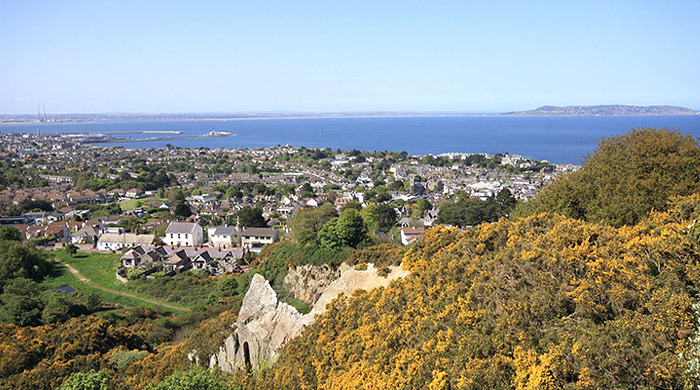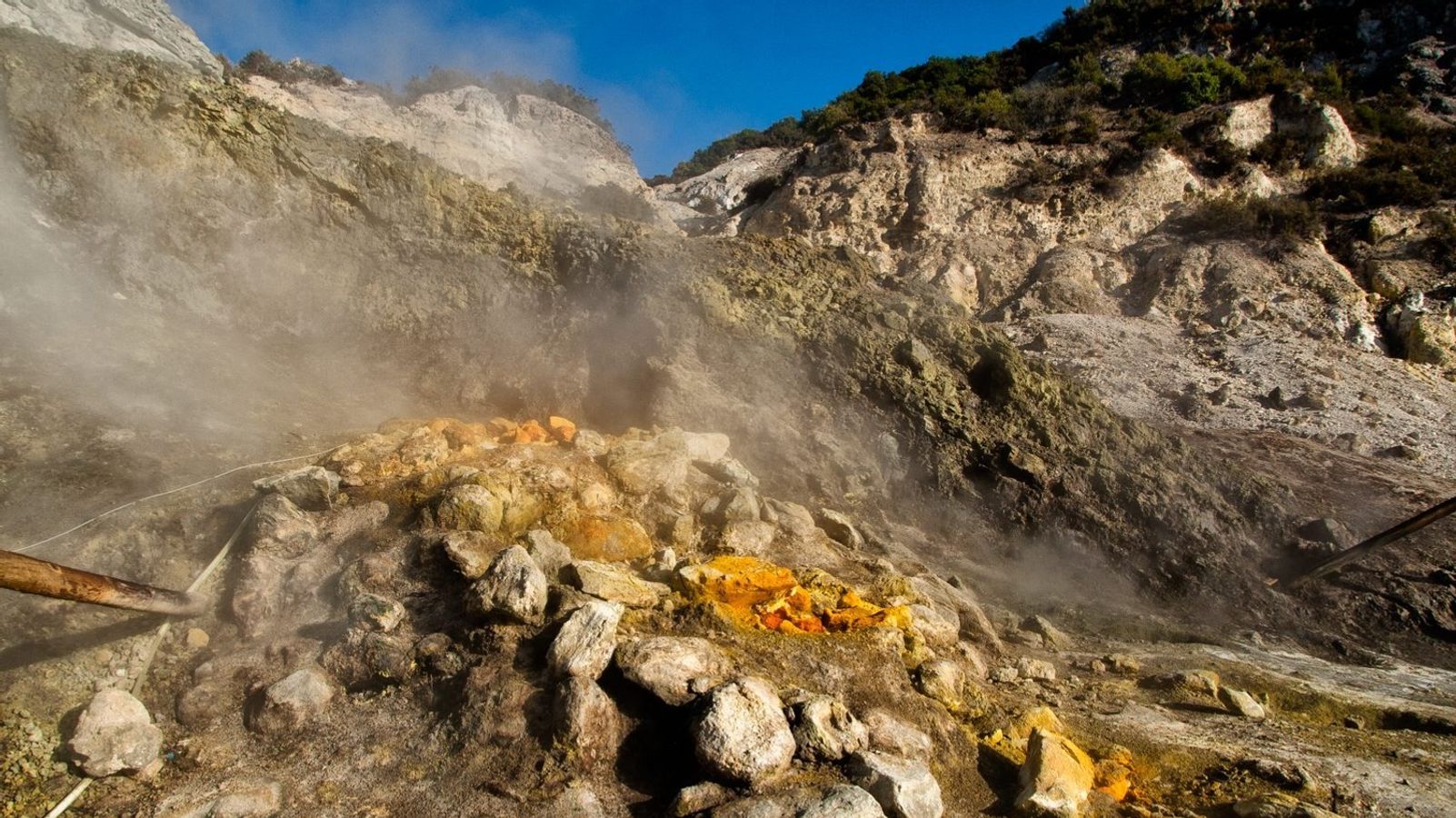West of Naples, the phlegrain fields extend over an area of more than 150 square kilometres. Recently, the ground there has been shaking repeatedly; At the beginning of October, a 4.0 magnitude earthquake occurred. The Italian Civil Defense said that there was no damage or casualties, but the earthquake caused panic among residents.
The Earth’s crust has been stretched to the breaking point
The concerns of people in the region are not coincidental. Today about 360,000 people live in the Phlegrain Fields area, and about three million live in the greater Naples metropolitan area. A study conducted by researchers from UCL (University College London) and the Italian National Institute for Geophysical and Volcanological Research (INGV) Published in the journal Nature, Earth and Environment CommunicationsHe concludes that parts of the phlegrean fields are so extended that they are on the verge of collapse. Scientists came to this conclusion using a model developed at UCLA and used it to explain earthquake patterns and ground elevation.
Lead author Christopher Kilburn (UCL Earth Sciences) says: “Our new study confirms that the phlegrain fields are close to rupture. However, this does not mean that an eruption is guaranteed. Rupture could trigger a rift through the crust, but the magma has not yet formed. To be pushed “Up in the right place for the explosion to occur.”
Two-thirds of the giant volcano is under water
At first glance, the phlegrain fields do not appear spectacular or even picturesque, but they are classified as supervolcanoes. Hot gases such as hydrogen sulfide and carbon dioxide seep to the surface in many places, as do water vapor and hot water from thermal springs. About two-thirds of it lies underwater on the sea floor off the coast.
In contrast to other volcanoes, when they erupt, they do not form a cone-shaped mountain, but rather a huge cauldron, a caldera. The diameter of the phlegrain fields ranges between 12 and 14 kilometers.
The model was applied in real time for the first time
Scientists explain that the UCL model, which is based on the physics of rock fracture, has been applied to a volcano in real time for the first time. “We first used the model in 2017, and since then the phlegraine fields have behaved as we expected, with an increasing number of small earthquakes indicating pressure from below.”
Nicola Alessandro Pino of the INGV’s Vesuvius Observatory in Naples added: “Our results show that parts of the volcano are weakening. This means that it could explode, although the tensions tearing it apart are lower than during the last crisis forty years ago.” “
Dozens of eruption hotspots
Dozens of eruption hotspots are spread across the Phlegraine Fields region, including the Solvatara crater near the town of Pozzuoli. This height has been raised four meters over the past seven decades. The land in the Flygrain Fields had been disturbed for a long time. There were periods of unrest in the 1950s, 1970s and 1980s, each lasting about two years, and a weaker period in the last decade. Tens of thousands of small earthquakes occurred during this time.
The most powerful eruption occurred about 40 thousand years ago. There was another big explosion about 15,000 years ago. The last time the Phlegraine fields were volcanically active was in 1538. The eruption lasted eight days and left behind, among other things, a new 133-metre-high mountain, Monte Nuovo.

“Typical entrepreneur. Lifelong beer expert. Hipster-friendly internet buff. Analyst. Social media enthusiast.”







More Stories
A boy finds a rare Lego octopus from a container that fell into the sea in 1997
SRF News Contest of the Week – News
Temperature and humidity: Kachelman explains the phenomenon